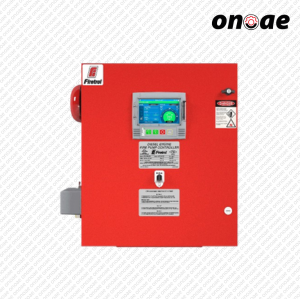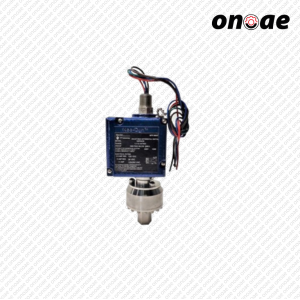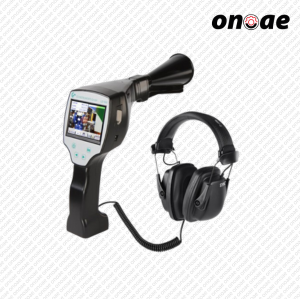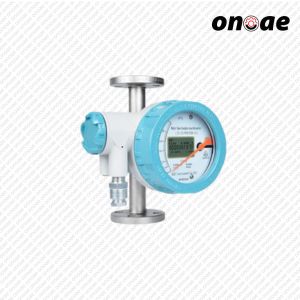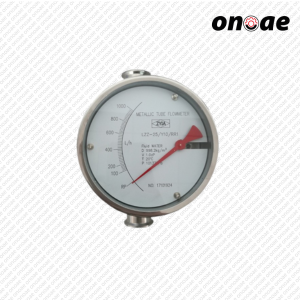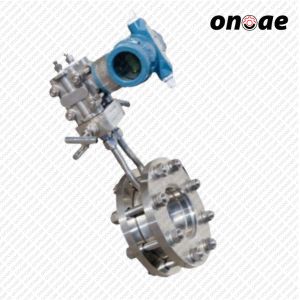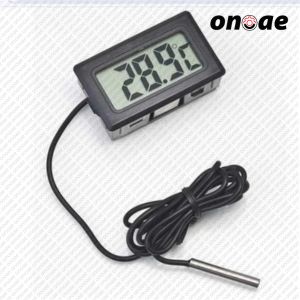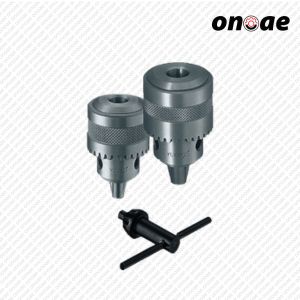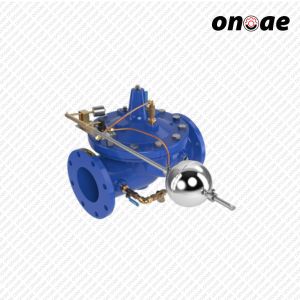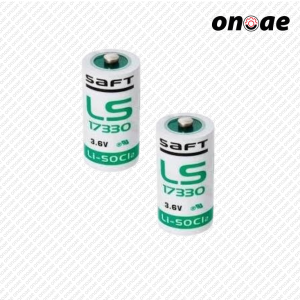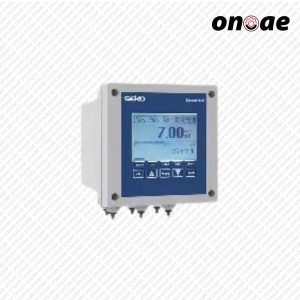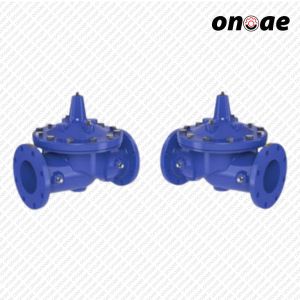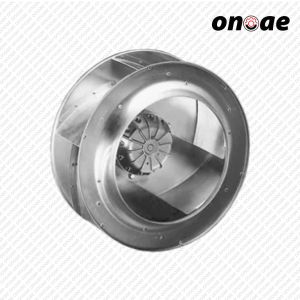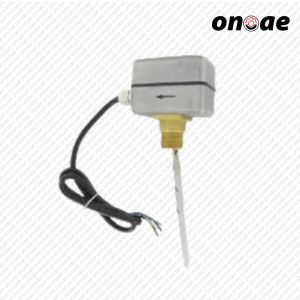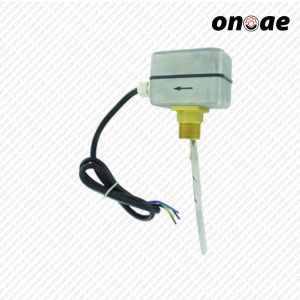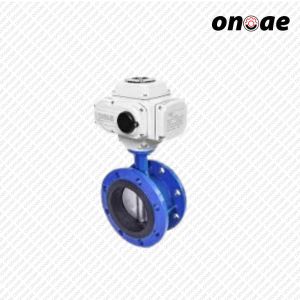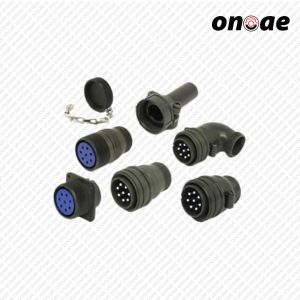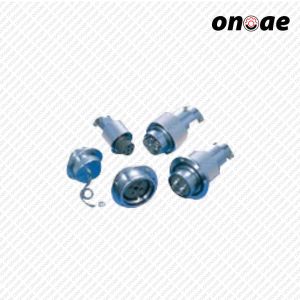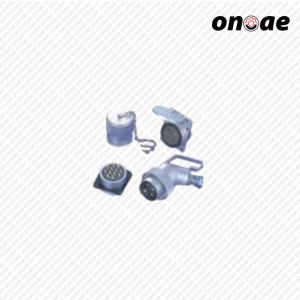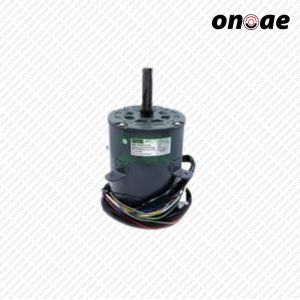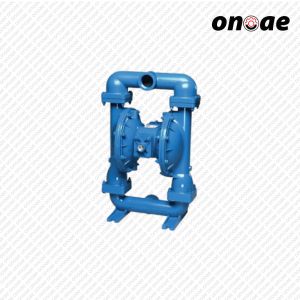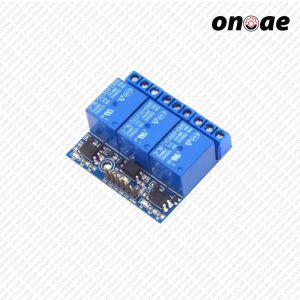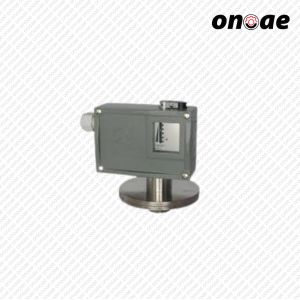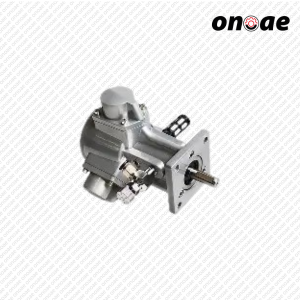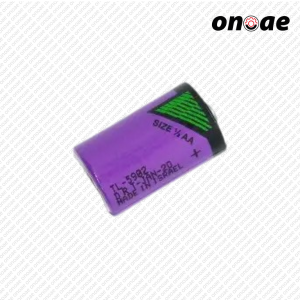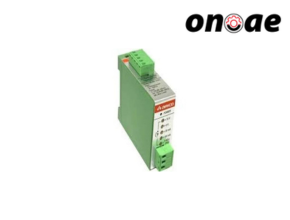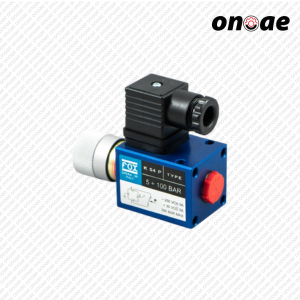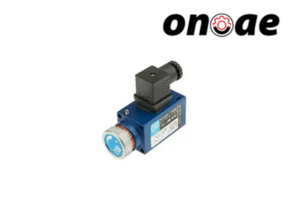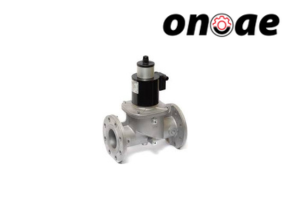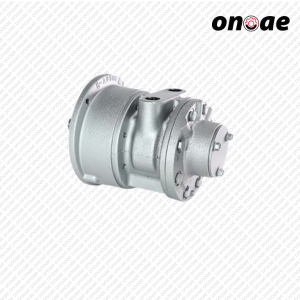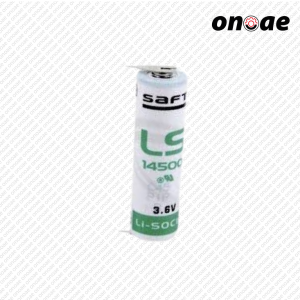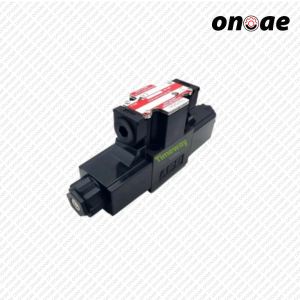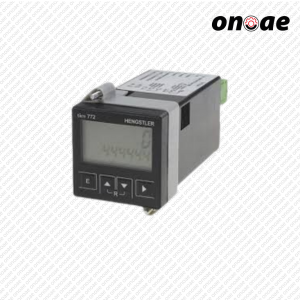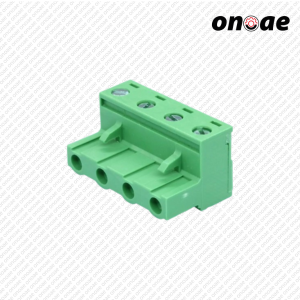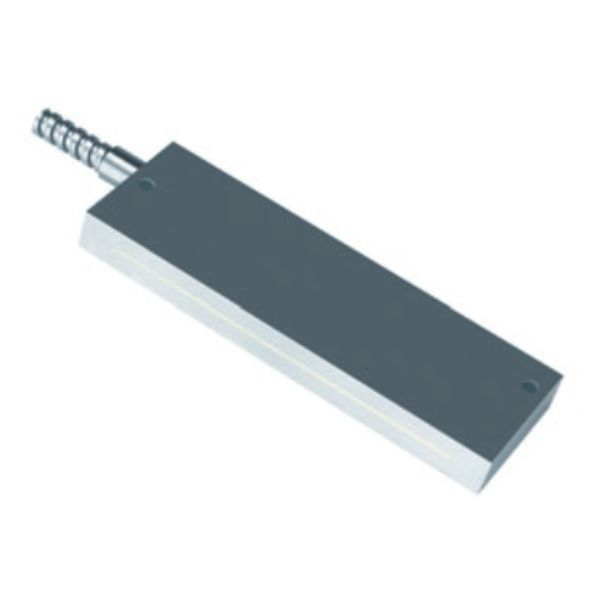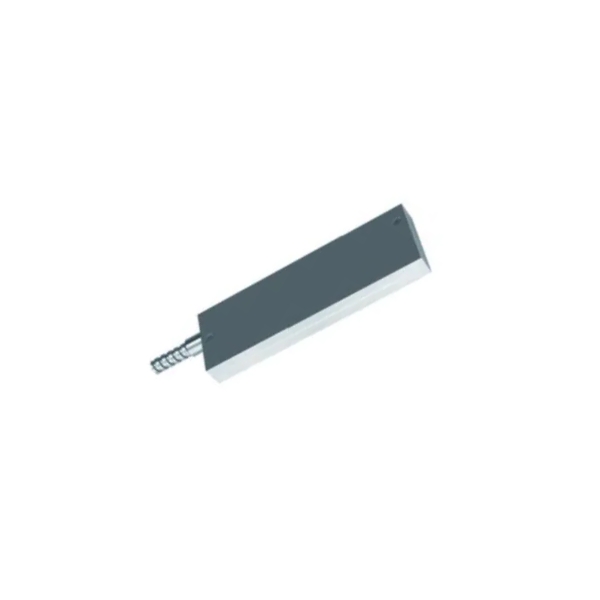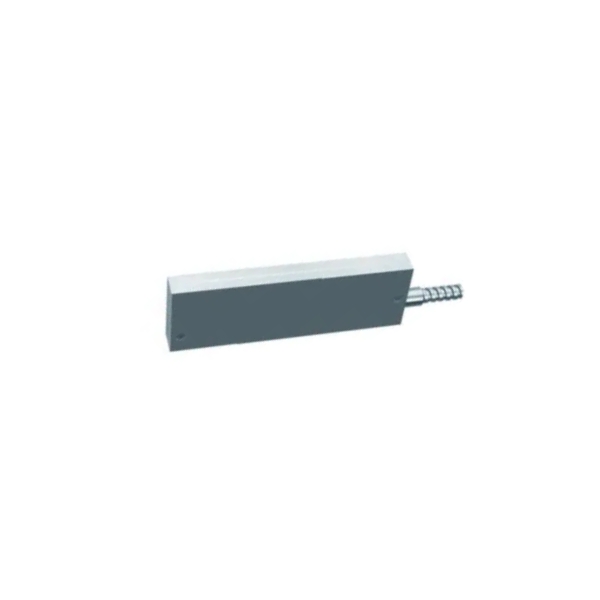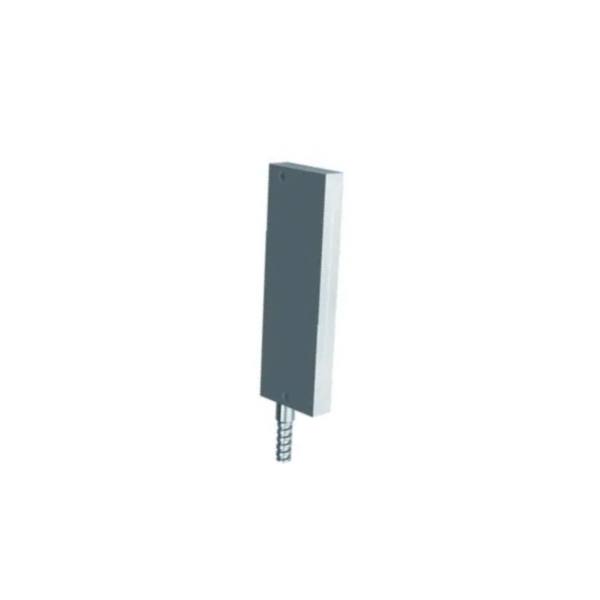Description
EGE ULW Series Cross Sectional Converter Opto Sensor consists of an amplifier to which two fiber-optic cables of up to 10 m in length can be connected via a rapid action coupling. The first fiber-optic cable routes a send signal generated by the amplifier to a first optical converter (ULW Series Cross-Sectional Converter), while the second fiber-optic cable returns a send signal detected by a second optical converter to the amplifier as a receiving signal. This receiving signal is processed further in the amplifier into an output control signal.
The Opto Edge controller
The Opto Edge controller works with infra-red light which issues extremely short and fast impulse sequences that enable reliable recording of rapidly occurring processes, even in the presence of influences from external rays. The process control system which is determined by the user, as well as the design of the optical converter, demands a high degree of flexibility from the system.
In the system structure illustrated in Fig.1 (please check the catalog) the optical converters (3, 4) are configured in opposing positions to form a photoelectric barrier. The material which, for example, may be paper or a metal edge, pushes into the light ray and, depending on the depth of insertion, reduces the ray path of the light flow detected by the converter. The amplifier which is connected by means of the fiber-optic cable supplies a control signal (4…20 mA) to its output which is proportional to the insertion depth of the material depending on the formation of the optical converters (3,4) with a repeating accuracy of up to +/- 0.5 mm.



